How to Ensure Safety in Oil Tanker Transportation
The oil tanker is a key component of the oil and gas transportation, shipping hundreds and thousands of barrels of crude oil and oil derivatives over oceans and seas. Even though there are advancements in technology relating to ship design and navigation, oil tankers and what is carried on them are dangerous and pose a significant risk. Accordingly, ensuring the safety surrounding oil tanker transportation is interdependent on the design of the ship, operational procedures, training of the crew, and emergency preparedness.
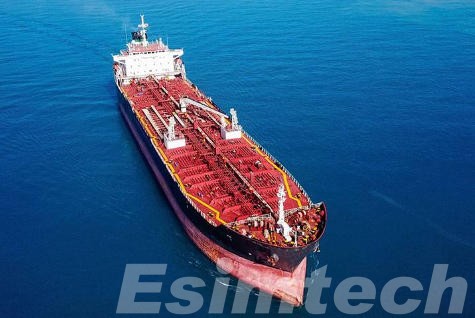
Importance of Safety in Oil Tanker Transportation
The main goal of oil tanker operations is preventing environmental disasters. This includes avoiding oil spills, explosions, and collisions of ships and loss of marine ecosystems and coastal communities. Safety measures must protect the crew, the ship, and the marine environment. Safety must also address the federal and state laws governing the environment.
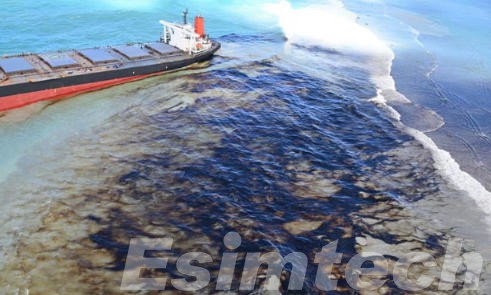
Safety Measures in Design and Construction of Oil Tankers
The design of modern oil tankers demonstrates the advanced oil tanker engineering with innovative technologies. This is enforced by the international and local legislation governing the design and operation of tankers at sea.
1. Double-Hull Construction
One of the biggest advancements in the safety of modern oil tanker design is the implementation of double-hull construction. A double hull consists of two layers of watertight hull surfaces. These double hulls create an additional barrier from the cargo and the sea. During collisions or groundings the outer hull of the double hull may be breached, but as long as the inner hull is intact, the chances of leaking oil is greatly minimized. This design has become the global standard, and is the direct result of several major oil spill incidents and the resulting international regulations.
2. Segregated Ballast Tanks and Structural Integrity
Separated ballast tanks enhance the safety of the ship as well as the stability of the vessel. This is done by ensuring that the ballast water is isolated from the cargo tanks and by maintaining the appropriate weight distribution. Furthermore having additional modern civil engineering techniques, such as longitudinal framing and the use of high strength steel, the hulls’ structural integrity made advances in withstanding both stress and fatigue. Correct design and use of structures ensures that the ship can survive in the open seas safely.
3. Inert Gas and Fire Prevention Systems
Because oil tankers carry flammable cargo, preventing fires and explosions is very important. To do this, Inert Gas Systems (IGS) stop oxygen from entering cargo tanks and instead fill the empty space with non-combustible gas. This stops the ignition of hydrocarbon vapors. To protect the crew and the vessel, fire detection and suppression systems, foam monitors, and sprinklers are all built into the tanker’s design and ensure a rapid response in the case of a fire.
4. Advanced Cargo Handling Systems
The chances of accidents occurring while loading, transporting, and unloading cargo is why safe cargo handling is necessary. Modern oil tankers have pumps, valves, and pipelines built for flow and pressure control to manage for safe transport of cargo. The automation of cargo handling is to decrease human error in control of the filling and emptying of the cargo, and the systems for this are built into the design of the ship to ensure safety and efficiency.
5. Navigation and Monitoring Technologies
Oil tanker safety requires the integration of advanced navigation and monitoring systems designed with radar and real-time monitoring of cargo tank systems. These systems report weather and navigational hazards and track nearby vessels which helps avoid groundings and collisions. Properly designed systems integrated during the design phase ensure reliability and ease of operation.
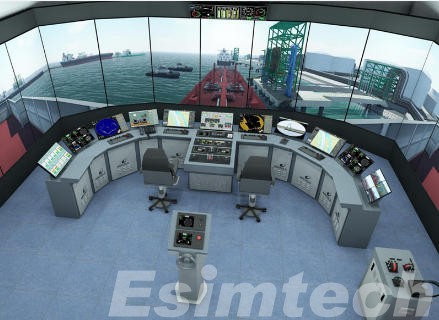
6. Compliance with International Safety Standards
Tankers designed and built according to international order standards like MARPOL and SOLAS provide for the safe and legal operation of vessels. These include safe design and construction of the hull, navigation systems, systems to control ballast, and safety against fire. Global standards to safeguard against accidents and reduce the risk of environmental damage are achieved and maintained when these protocols are followed.
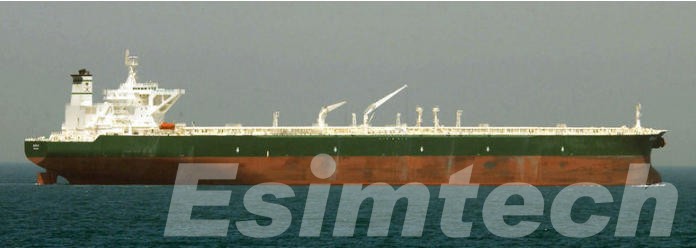
Operational Safety Practices for Oil Tanker Transportation
The safeguarding of a crew, cargo, and the surrounding sea is a significant consideration for oil transports. Despite the advanced techniques associated with the design and the construction of oil transports, the procedures and practices developed to the daily operations are the greatest influence to the safe operations of an oil tanker. Ass safe oil tanker operations flow, practices must include consideration of the regulatory requirements, the training of crew members, the handling of cargo, and the daily operations of the maintenance of a ship.
1. Safe Cargo Handling
It is important to ensure the safe loading, transport, and discharge of oil cargo to avoid any mishaps. In maintaining the ease of ship stability and to avoid any cabin structure of the oil tanker, proper weight distribution must be maintained and the transport limits must be followed. In order to avoid pressure, spills, and damage of the oil containing tanks, the automated pumping and valve systems consisting of controlled flow and quick respond mechanisms are used. In order to ensure the safety of surrounding people and of the environment, each stage of the cargo is handled with strict protocols.
2. Routine Maintenance and Inspections
Inspecting for routine maintenance is key for establishing operational safety. Safety checks should also ensure the intactness of the hull, pumps, and valves, check the fire suppression equipment, and inspect the navigation systems. Identification of preventive maintenance schedules outlines the safety concerns that should be mitigated for the escalation of potential risks. Keeping equipment in good working order is critical to helping the tanker operate efficiently and minimizing the potential accidents caused by equipment failure.
3. Crew Training and Competence
Training the crew, preparing for a job, and maintaining operational safety work hand in hand. Training in navigation, cargo handling, firefighting, and emergency steps is extensive. Personnel training prepares them to manage an oil spill, gas fire, or a collision, by helping them master simulation sessions and drills. An effective emergency action plan is an essential component of the operational safety the crew should maintain and protect life and property to minimize losses.
4. Compliance with Safety Regulations
Every safety regulation at the global and regional safety control must be followed. SOLAS (Safety of Life at Sea) and MARPOL (International the prevention of pollution by ships) are two standards that focus mainly on the safe operation of tankers. Safeguarding navigational practices and emergency protocols offers compliance with operational standards and policies that ensure the safety of the crew and prevent pollution to mother earth.
5. Use of Advanced Technology
Modern operational practices use technology to improve safety. Real-time monitoring systems help to gauge cargo tank pressure, stress on the hull, and navigation so that possible dangers can be identified early. Automated control systems handle cargo and vessel movements so that human error is less likely. Predictive Maintenance tools use sensors and data analytics, and forecast unscheduled maintenance needs and possible accidents that unscheduled maintenance could cause, and respond to those needs.
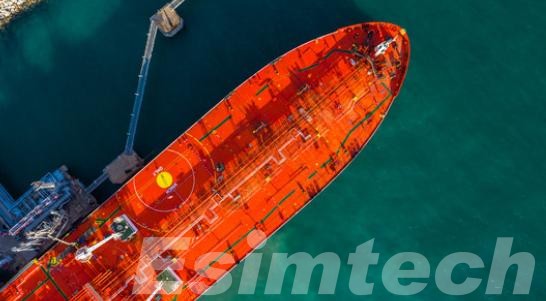
Emergency Preparedness and Response for Oil Tanker Transportation
The design and construction of oil tankers may have incorporated advanced safety measures, but operational practices often result in unforeseen events such as oil spills, fires, collisions, or mechanical failures. To help reduce incident management and control the resultant risk to human life, the environment, and economic loss as much as damage control possible, protection of, and incident preparedness for, the environment remains the best approach.
Emergency Response Planning
Preparedness is built on the action of planning response systems to possible threats. Emergency response plans are strategic and define containment and hazard mitigation actions. Assigned responsibilities for each hazard and tasks are carried out through communications to onshore authorities. Oil spills, fires, explosions and grounding of vessels are other critical prepared plans. Plans are to be routinely reassessed, for example, updates can be on a new vessel, revised regulations, and operational conditions.
Fire Prevention and Firefighting Systems
Very few issues onboard oil tankers can rival the dangers posed by uncontrolled fires. This makes the planning for emergencies and fire risk mitigation very particular and comprehensive. Inert gas systems are installed to lower cargo tank ignition risks. Additional fire-following detection systems and early-stage firefighting equipment such as strategically placed foam monitors and water spray systems provide layers of protection. Crews are constantly trained to control and mitigate fires using the onboard firefighting systems to ensure rapid response to every eventuality.
Oil Spill Containment and Mitigation
Spill response preparedness focuses on mitigating and containing risks immediately after a spill to mitigate the effects on the environment. To this end, an oil tanker’s onboard equipment consists of containment booms, skimmers, and dispersants, which are all effective in spill management. In addition, emergency response plans include notifying coastal authorities to ensure spill response teams and marine cleanup are well coordinated. Preparedness reduces the effects of uncontrolled oil spills on marine ecosystems and coastal communities, which are always at risk.
Emergency Communication and Coordination
Pre-planned emergency preparedness ensures effective communication through onboard communication systems and procedures for reaching shore-linked emergency support systems, other vessels, and additional maritime authorities. This allows rapid emergency response provision, with actionable briefs to all parties involved in the situation, thereby ensuring coordinated response actions. This ensures that all parties are in the loop and that the response can seamlessly progress.
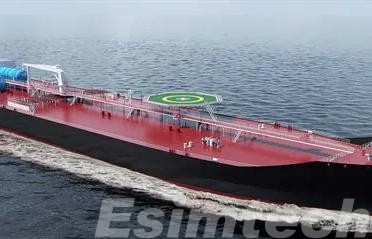
Technological Innovations in Ensuring Oil Tanker Safety
Technological advancements are no longer optional when it comes to improving oil tanker safety. They are necessary for avoiding incidents, protecting personnel, and reducing ecological damage. Safety-related technology includes advancements in ship design, operational monitoring, emergency response, and navigational systems.
- Advanced Hull and Structural Technologies
Modern oil tankers feature pioneering hull and structural technology. The safety benefits of double-hull construction, which provides and additional barrier against leaks in case of a collision or grounding, has become a standard feature. The use of high-strength steel and reinforced framing enhances a tanker’s ability to withstand stress, fatigue, and structural failure. The use of computational models and simulations for naval architecture allows for the optimization of the hull’s geometry in balance of stability and durability to safely withstand the challenging marine conditions.
- Automation and Real-Time Monitoring Systems
Automation has become a pivotal technology in the operational safety of the vessels. The vessels now have automated systems for handling cargo which is done to prevent oil spills or overpressure during the loading, discharge, and transfer of oil. Real time systems in the engine allow the crew to detect and respond to hazardous abnormal conditions in the tank and vessel systems. Integrated sensors in the hull provide data on the conditions in the ship, so that the crew can take preventative action in a ladder of control before a potential emergency occurs.
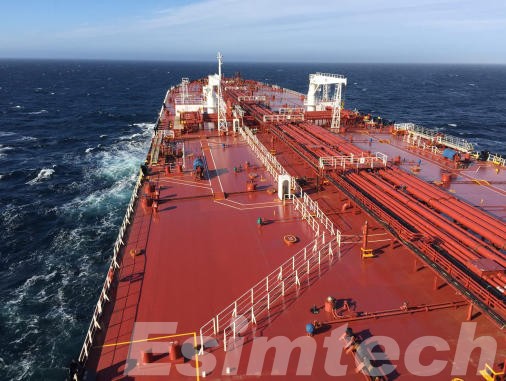
- Predictive Maintenance and AI Integration
The use of Predictive Maintenance tools along with AI technology increases the predictive capability of the oil tanker’s equipment reliability use the predictive arm of AI. Continuous monitoring devices, or “sensors” as they are popularly called, are positioned on the pumps, valves, and engines, etc. The data is fed to Predictive Maintainers AI to look for Predictive Maintainers AI Predictive Models to avoid breakdowns before they happen, thus protecting the integrity of the equipment and the operational schedule. Predictive Maintainers schedule equipment repair and services to fit the main operational schedule.
- Fire Prevention and Spill Response Technologies
Innovations in technology have also added to the emergency preparedness technology onboard. Inert gas systems significantly reduce the risk of fire in the cargo tanks. Advanced fire detection and suppression systems, including foam monitors and automatic sprinklers, ensure rapid response to fire in case the systems fail. The equipment for oil spill mitigation is complemented with fire suppression systems installed with skimmers, containment booms, and spill predictive model software to aid the crew and members on land in mobilizing their response to use the software to reduce the environmental impact of the spill. The software predicts the oil spill’s trajectory.
- Integration of Simulation Technologies
This chart gives a comprehensive overview of how oil and gas simulation technologies enhance tanker safety.
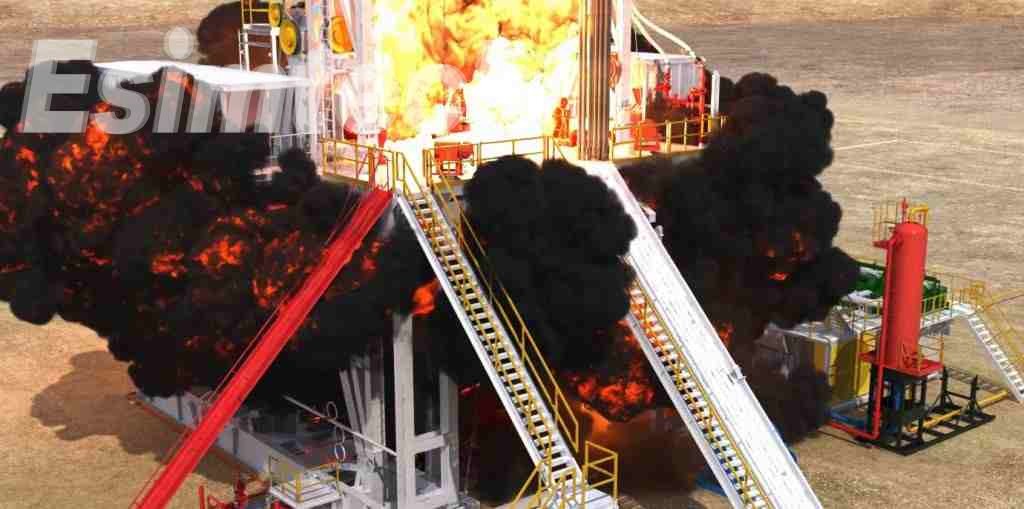
| Simulation Type | Purpose | Safety Benefits |
| Hull Stress and Structural Simulations | Analyze the structural integrity of the tanker under various sea conditions and loading scenarios | Prevents hull failures and reduces the risk of spills or accidents due to structural weaknesses |
| Cargo Handling Simulations | Model loading, unloading, and transfer operations | Optimizes weight distribution, prevents overpressure, and minimizes risk of spills |
| Navigation and Collision Simulations | Test ship routes, weather conditions, and collision avoidance maneuvers | Enhances situational awareness, reduces risk of groundings and collisions |
| Emergency Response Simulations | Simulate fires, oil spills, and mechanical failures | Prepares crew for rapid response, improves emergency protocols, and minimizes environmental impact |
| Digital Twin Simulations | Create a virtual replica of the vessel’s systems and operations | Allows real-time monitoring, predictive maintenance, and testing of safety strategies without physical risk |
| Oil Spill Trajectory Simulations | Predict the spread of spilled oil in water | Helps plan containment and cleanup operations efficiently, reducing environmental damage |
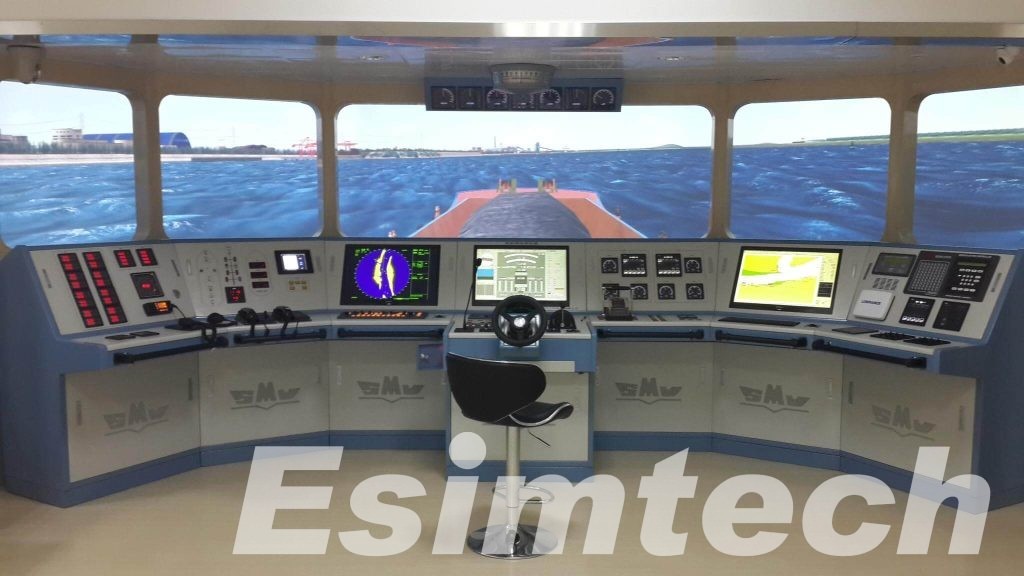
Final Thoughts
Ensuring safety in oil tanker transportation requires a combination of good ship design, rigid controls, strong safety training, good staff, and effective safety technology. With the increasing demand for oil, the need for safety in tanker operations becomes critical to saving lives, avoiding catastrophic spills, and maximizing the long-term transportation of oil by sea. Hence, the a need for enhanced safety technology and adherence to international safety standards for oil tanker operations.
